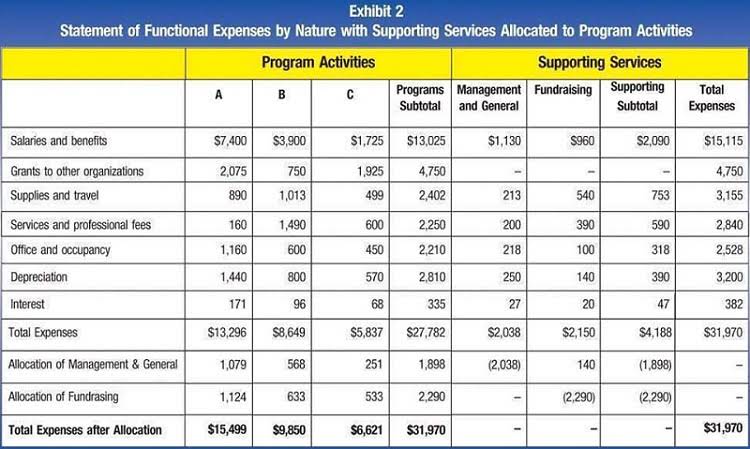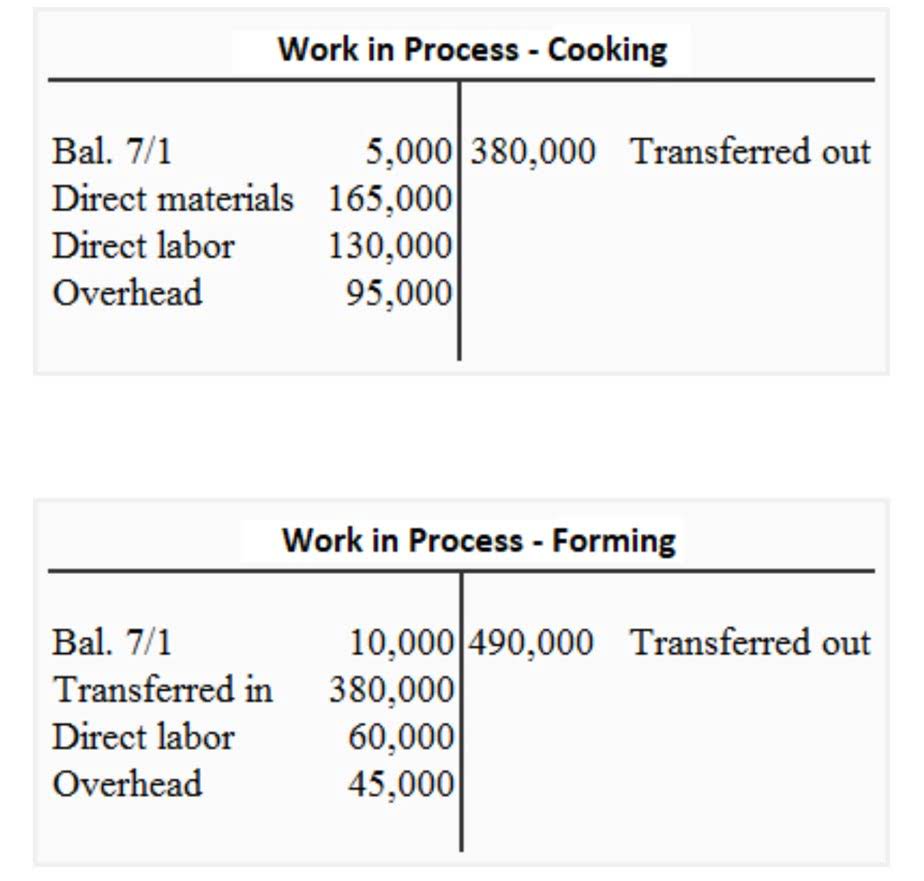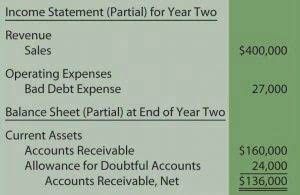
Other great accounting tools you can expect with ERP software are your basic general ledger features, with accounts payable and accounts receivable. Then, you can sometimes expect more advanced finance features, like financial planning, forecasting, portfolio management, and financial reporting. Folding your PM tools into your ERP system can pull together data for better production planning, helping to streamline the tasks of procurement, workload delegation, task dependencies and priorities, and budgeting. An ERP is indispensable if your operation engages in manufacturing resource planning projects or https://www.bookstime.com/articles/manufacturing-accounting MRP II. ERP software has the ability to collect and compare metrics across departments and provide a number of different reports based on roles or specific user preferences. The data collected makes finding and reporting on data faster and gives a complete view of business performance with complete insights on how resources are being spent.

Access new technologies
While stand-alone accounting software and ERP software do present similarly, the two systems are different. Accounting software typically covers financial reporting, accounts payable and receivable, banking and basic sales revenue information. ERP systems promote the free flow of communication and sharing of knowledge across an organization, the integration of systems for improved productivity and efficiencies, and increased synergies across teams and departments. However, moving to an ERP system will be counterproductive if the company’s culture does not adjust to the change and the company does not review how the structure of its organization can support it. As of 2013 New York gallery Ronin Gallery still used paper for inventory and a standalone software for accounting. After moving the whole business to Oracle NetSuite products, including NetSuite ERP, the productivity of its employees doubled.
Salesforce study warns against rushing LLMs into CRM workflows without guardrails

This allows companies to tailor the system to their unique processes and industry requirements. The software, being continuously updated and watched in real-time, ensures needed information is accessible by each appropriate department. For example, manufacturing may need to know about purchase orders on deck.
- ERP provides a host of services for companies trying to improve how efficiently they operate.
- Advanced analytics features, such as predictive analytics and data visualization, can provide deeper insights and a competitive advantage.
- One key aspect of supply chain and logistics modules is their ability to provide real-time visibility into inventory levels, order status, and transportation activities.
- The cloud can reduce both operational expenses (OpEx) and capital expenses (CapEx) because it eliminates the need for companies to purchase software and hardware, or hire additional IT staff.
- Understanding the customization options available and how they can be used to meet the organization’s specific requirements is essential.
Cost Savings and Scalability:
The future of ERP is shaped by emerging trends and technologies that promise to transform how organizations manage their business processes and make data-driven decisions. Some of the most significant emerging technologies influencing the current ERP landscape include artificial intelligence (AI), blockchain, augmented reality, and the Internet of Things (IoT). In addition to these core functions, supply chain and logistics modules can also support other related activities, such as supplier collaboration, trade compliance, and reverse logistics. In addition to optimizing production processes, manufacturing and production modules can also support other related activities, such as quality management, maintenance management, and shop floor control.
Our conclusion on enterprise resource planning systems

What’s more, reports can be live, meaning they are constantly updated in real-time based on active data generation. The enterprise resource planning process should not be too difficult to understand, although it may seem complicated at first. Picking and recording transactions deploying an ERP system can be a daunting task with many software solutions to choose from.

- With your requirements in hand, the next step is evaluating potential ERP vendors.
- Without ERP, companies tend to operate in silos, with each department using its own disconnected system.
- By carefully weighing the costs and benefits of different ERP vendors, organizations can select the one that will provide the best value for their organization over the long term.
- Additionally, cloud-based ERP applications are often embedded with next-generation technologies, such as the internet of things (IoT), blockchain, AI, machine learning, and digital assistants.
- Modern enterprise ERP systems have evolved significantly from their early predecessors, expanding their capabilities to include cloud-based deployment options, mobile device accessibility, and advanced analytics features.
- Therefore, you should also consider factors in the implementation costs, which may include training employees or data migration services, etc., into your budget when deciding whether it suits your business.
RAG allows AI to access knowledge that was not part of its trained data, including real-time or domain-specific information. An ERP system’s usability is crucial for its successful implementation and adoption. The system should have an intuitive interface and be user-friendly to minimize the learning curve. User adoption can be facilitated by providing comprehensive training and support. A system that is difficult to enterprise resources definition navigate can lead to resistance from employees, reducing the overall effectiveness of the ERP.